More like this...
Super Mario Advance 4 - Super Mario Bros. 3 (USA, Australia) (Rev 1) Gameboy Advance game
Don the red or green overalls of Mario or Luigi and leap, bounce, slide, fly, and swim through eight massive worlds. What must the mustachioed brothers do this time? Take on the forces of Bowser and his pesky children, who have turned all the local rulers into animals.
What makes Super Mario Advance 4: Super Mario Bros. 3 so special? Is it the perfect controls? Is it the excellent level design bursting at the seams with secrets and surprises? Or maybe it's the cool power-ups like the flying Tanooki Suit, the Frog Suit for swimming in the sea, or the whirlwind-inducing Warp Whistle?
The graphics and sound of Super Mario Advance 4: Super Mario Bros. 3 have been greatly improved compared to the NES original, and it includes never-before-seen special gameplay elements. Now, everyone can experience a true Miyamoto masterpiece of yesteryears or for the first time.
Super Mario Advance 4: Super Mario Bros. 3 is a platform game developed and published by Nintendo for the Game Boy Advance handheld game console. It was released in Japan and later in Europe, North America, and Australia. It is an enhanced remake of the NES video game Super Mario Bros. 3 and is based on the remake found in Super Mario All-Stars for the Super Nintendo Entertainment System. Players control either Mario or Luigi as they traverse the eight kingdoms of the Mushroom World to rescue Princess Peach from Bowser. The game was unveiled at Nintendo's conference at the E3 2003 convention. It includes several enhancements, such as the addition of Mario and Luigi's voices by Charles Martinet, the ability to scan e-Cards into Nintendo's e-Reader to add certain content, and a multiplayer mode based on the original arcade game Mario Bros. The game also enables players to save replays of their gameplay.
e-Reader capability garnered interest from critics before release; however, the e-Reader itself turned out to be a failure. As a result, two of the four e-Reader card series were only released in Japan, and the game received a new version that doesn't emphasize e-Reader capability. Critics generally felt that the e-Reader connectivity was suboptimal, but the content offered through it was high quality. The port of Super Mario Bros. 3 was critically acclaimed, and the game sold 2.88 million copies in North America. This version was eventually re-released on the Wii U eShop and later on the Nintendo Switch's Nintendo Switch Online + Expansion Pack. Both versions featured all e-Reader levels, including levels originally only available in Japan.
Gameplay The gameplay is identical to the original version of Super Mario Bros. 3 for the Nintendo Entertainment System. Players take control of either Mario or Luigi, journeying through eight kingdoms of the Mushroom World to defeat the seven Koopa Kids and Bowser, who have seized the seven magic rods from the kings of these kingdoms, transforming them into various creatures. Players can utilize basic techniques like running, jumping, and swimming. The objective of each stage is to reach a certain goal, typically a black background with a rotating box containing either a mushroom, flower, or star. Players access levels by exploring various maps; once a level is completed, players may not replay it until they beat the game. The map features various elements like bridges that lower after completing a level or Hammer Bros. that wander around. There are different types of levels, including dungeon and airship levels. Besides the main mode, players can play a remake of the Mario Bros. game, which is included in all Super Mario Advance games preceding it. It supports one to four players.
It retains power-ups from Super Mario Bros. 3, including Super Mushroom, Fire Flower, and Starman, along with Super Leaf, Tanooki Suit, Frog Suit, and Hammer Bros. Suit introduced in the original release. Less common power-ups include a whistle for accessing other lands, a hammer for gaining access to new areas, and a cloud for skipping a level.
e-Cards Super Mario Advance 4 features new levels and mechanics not present in the original Super Mario Bros. 3. Excluding the European version, it is compatible with the Nintendo e-Reader, allowing players to scan certain e-Cards into the device using two Game Boy Advances, the e-Reader, and a copy of Super Mario Advance 4. Scanning a card adds specific content to the game. Notable features include adding stages to the game, with players allowed to have 32 extra stages on one copy of the game. E-Card types include demo cards for viewing tips and tricks, power-up cards for adding certain power-ups, and switch cards for causing changes to the game. Two item cards introduce new items, with the Cape Feather card granting players said item from Super Mario World.
Development and Release Super Mario Advance 4: Super Mario Bros. 3 was initially announced on a European release list as Super Mario Advance 4. It was first revealed at E3 2003 for the Game Boy Advance. Its graphics and engine are based on the Super Mario All-Stars version, with Shigeru Miyamoto and Takashi Tezuka becoming more involved as producers and supervisors. The game introduces voice acting by Charles Martinet and features the Mario Bros. mini-game from previous Super Mario Advance remakes. It adds compatibility with Nintendo's e-Reader device for adding or viewing various content. The game was released in Japan on July 11, 2003, and later in Europe, North America, and Australia. It was re-released on the Wii U Virtual Console and later on the Nintendo Switch's Game Boy Advance - Nintendo Switch Online service, both including e-Reader stages.
Reception Super Mario Advance 4: Super Mario Bros. 3 received universal acclaim, with praise for its gameplay, enhancements, and e-Reader features. It sold over 2.88 million copies in North America and received awards for best Game Boy Advance platform game. Critics appreciated the addition of new content through the e-Reader but found its setup complex. Despite criticisms, it was considered one of the best Game Boy Advance games and a standout Mario remake.
Game category: Gameboy Advance games
Recently played
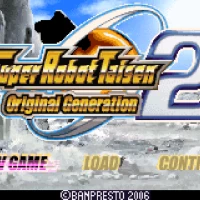
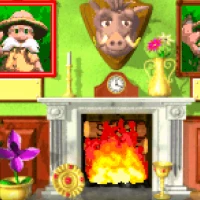
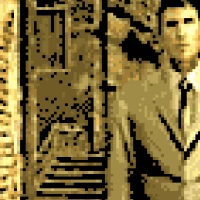
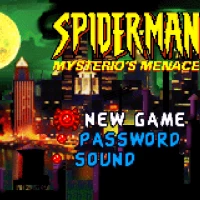
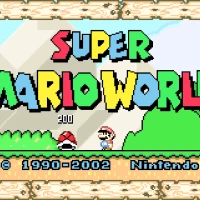
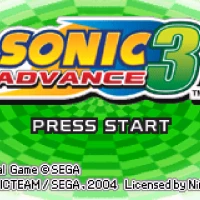
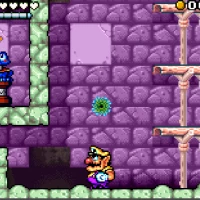

![Army Men - Operation Green (U) (M5) [b1] Gameboy Advance game](https://www.gamesclips.com/gameImages/9364.webp)
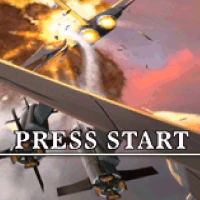
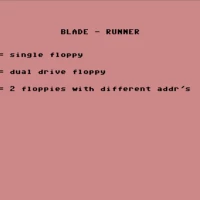
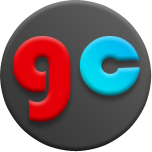
Comments